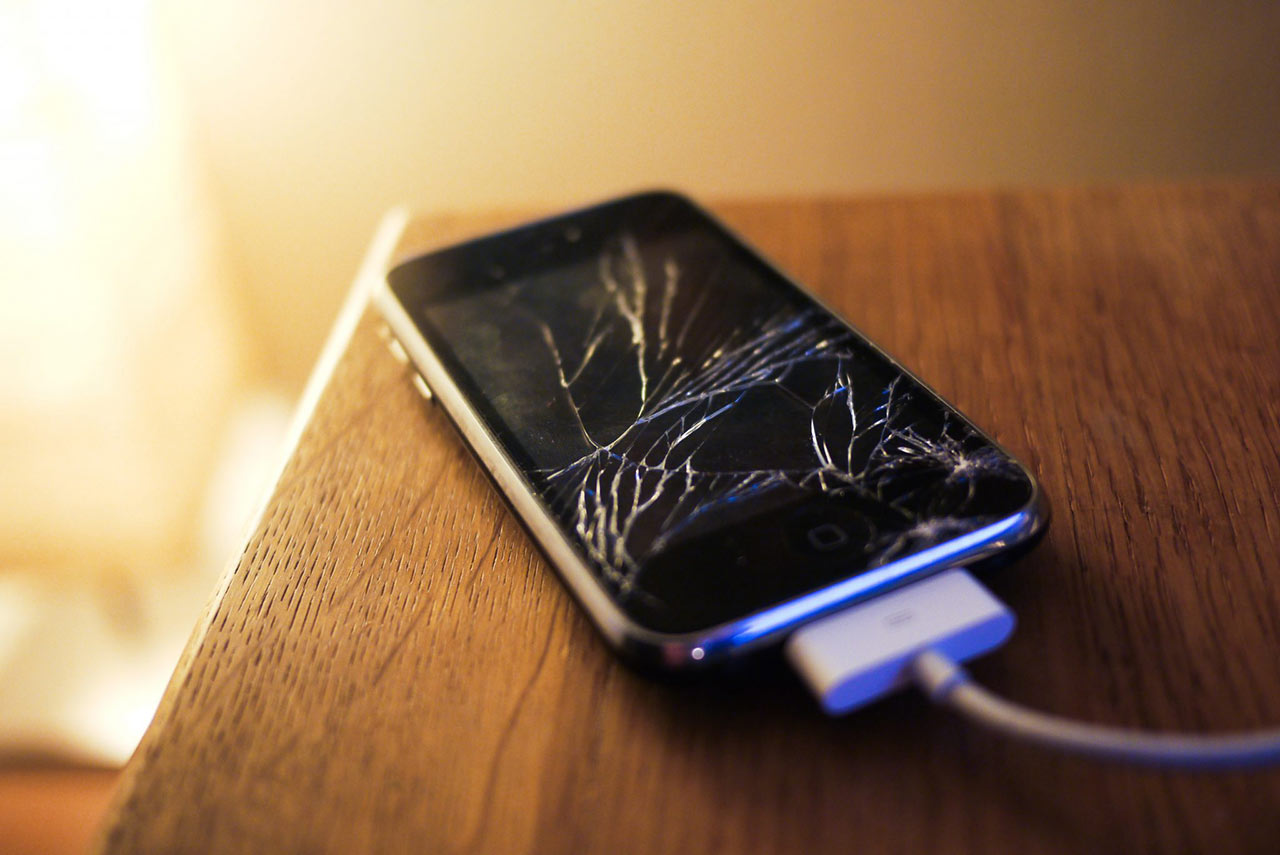Last Friday, Apple’s new flagship product, the iPhone 13 went on sale.
Apple is notorious for its expensive official repairs, the many limitations to its supply of spare parts to independent repairers and – increasingly – for the use of software as a barrier to repair. The new iPhone is no exception. Earlier this week, a video from YouTube channel Phone Repair Guru tested a screen replacement on an iPhone 13 and found out that, even if the replacement screen is an official Apple part, Face ID will be disabled.
What this means is that if someone who is not an Apple authorised repairer (for example, a tech savvy consumer or an independent repairer) tries to replace a broken screen, the iPhone detects the change and disables Face ID.
Authorized Apple repairers must therefore perform an additional step which links the new screen with Face ID to enable it again.
This is extremely bad news for independent repairers who are already struggling to fix Apple products including a growing number of serialised parts, paired to a specific device using software). They will be directly hit by this new issue.
We reached out to Alexandre Isaac, founder of France-based Repair Academy, who’s been tracking the extent of part-pairing limiting independent repairers’ options and was a speaker at our webinar on the threats posed by part-pairing. He has no doubt on the threat posed by this new issue:
“When we found out it wouldn’t be possible to replace a simple screen on the iPhone 13 without losing FaceID, we immediately thought that the market for independent repair would be strongly impacted.
There has been an increase in serialised parts for the past few years but going directly after the screen is a new low from Apple.
We know technical solutions will appear, but this will cause the repair costs to explode and will only make repair possible for experts in micro-soldering.”
While it is not clear whether this is a bug rather than a feature, it certainly highlights the worrying attitude of Apple when it comes to repair.
We can not let manufacturers display this kind of behaviour anymore. The social, ecological and economical emergencies we are currently facing call for urgent measures to make repair the norm.
This is why we need Europe to be a true leader, and ensure that every new smartphone put on the market lasts for at least 10 years.
We just launched the #10YearPhone campaign, which includes a letter asking the EU for repairable and longer-lasting products to become the new normal and premature obsolescence to finally be addressed. The EU has an opportunity to make repair truly affordable, for example by preventing any barriers on using reused parts
Image: Creative Commons

